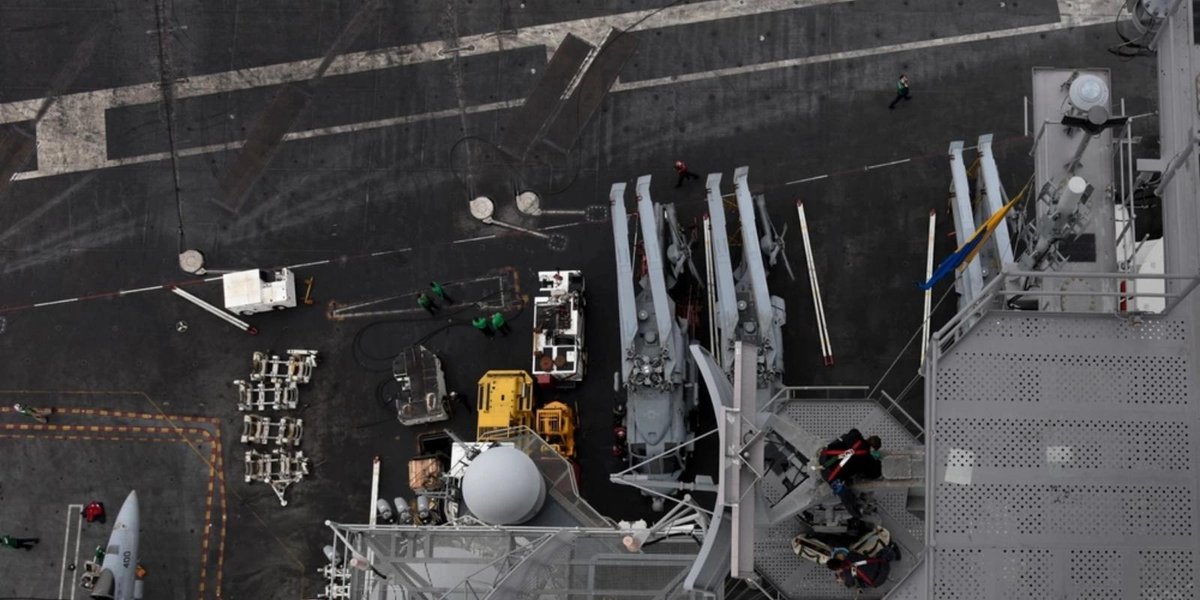EXPLORING THE TYPES OF WARSHIPS IN THE NAVY

The Navy has a lot to offer in terms of ships, especially with its plethora of naval warfare vessels that are being used in various ways. These huge seacrafts are built to navigate the sea no matter what the condition is, enforce security and power, and support various missions. Some of the most popular types of warships in the Navy include submarines, aircraft carriers, destroyers, and more, each of which serves its purpose within the fleet. The forces of the Navy have bases worldwide, and they operate within their jurisdiction. However, those large ships they own travel around the world. Smaller ships are placed near the base for nearby operations. Learn more about those mighty ships.
Various Types of Warships in the Navy
Aircraft Carriers
Aircraft carriers of the Navy ships are significant since they portray power and supremacy with their presence alone. To show off their dominance, they carry drones, helicopters, and fighter planes. Most of them carry around 80 aircraft onboard, a powerful force when a fleet needs backup. To distinguish them from other Naval ships, they have a long, unobstructed deck that is being used as a runway for take-off and landing.
Aside from huge aircraft, these carriers also carry munitions, spare parts, crewmen, and jet fuel. With their capacity, they are considered the biggest type of warships. With its versatility and size, most countries that own one can deploy their military forces anywhere it’s needed.
Miscellaneous Navy Ships
These have a special purpose as they include the group of coastal patrol boats, submarine tenders, submersibles, Sea Fighters, joint high-speed vessels, command ships, the sailing frigate USS Constitution, mine countermeasures ships, surveillance ships, and oceanographic survey ships. Even though they are not as big as the aircraft carriers, they hold a vital position in the Navy. The USS Constitution is the oldest vessel that the U.S. Navy has.
Submarines
This type of warship in the Navy usually travels underwater with various weapons that it can carry. Its main aim is to keep the underwater safe against multiple threats. When submerged, they are like ghosts that are difficult to find unless an enemy uses sophisticated sensing and tracking equipment. With its special capability, they can identify any ship above water with the sound of their engine.
Submarines can last six months underwater when they are on patrol, but nuclear-type submarines can stay underwater for hundreds of years. However, this is not possible due to the lack of food supplies, but the crew regularly stores food that lasts 90 days. These underwater machines are equipped with torpedoes, long-range missile strike capability, and even nuclear weapons.
Amphibious Assault Ships
The design of the Amphibious Assault Ships changed from an aircraft to a helicopter carrier that could support amphibious landing crafts, most of which have well decks and its upgraded version has a fixed-wing aircraft. A great example of this is the Wasp, which has an overall length of 843 feet (257 meters) and a displacement of 40,500 long tons.
Corvettes
This type of warship in the Navy is considered the smallest, with a size between 500 to 3,000 tons; they are smaller versions of Frigates. But don't be deceived by its small size, as it is used to defend inshore territorial waters. They are always ready for patrol and respond to threats. They can also fight underwater with the use of their anti-submarine systems.
Due to its limited size, its weapons and range systems are quite limited. It is also less sophisticated and has fewer crew members than its "big brothers."
Guided Missile Cruisers
These are still actively being used by the Navy, and they are created to defend the waters against enemy aircraft. Its weaponry system is pretty straightforward, as it has onboard missiles to defend against enemy aircraft and missiles.
These are just some of the types of warships in the Navy, each with its usage and responsibilities. Whether they are huge or small, they play an important role in protecting and maintaining the safety of U.S. waters.
Suggested reads:
Allison Kirschbaum
Veteran, Military History & Culture Writer at MyBaseGuide
Allison Kirschbaum is a Navy Veteran and an experienced historian. She has seven years of experience creating compelling digital content across diverse industries, including Military, Defense, History...
Allison Kirschbaum is a Navy Veteran and an experienced historian. She has seven years of experience creating compelling digital content across diverse industries, including Military, Defense, History...
Credentials
- Navy Veteran
- 7 years experience in digital content creation
- Expertise across Military, Defense, History, SaaS, MarTech, FinTech industries
Expertise
- Military History
- Naval Operations
- Military Culture
SHARE:



